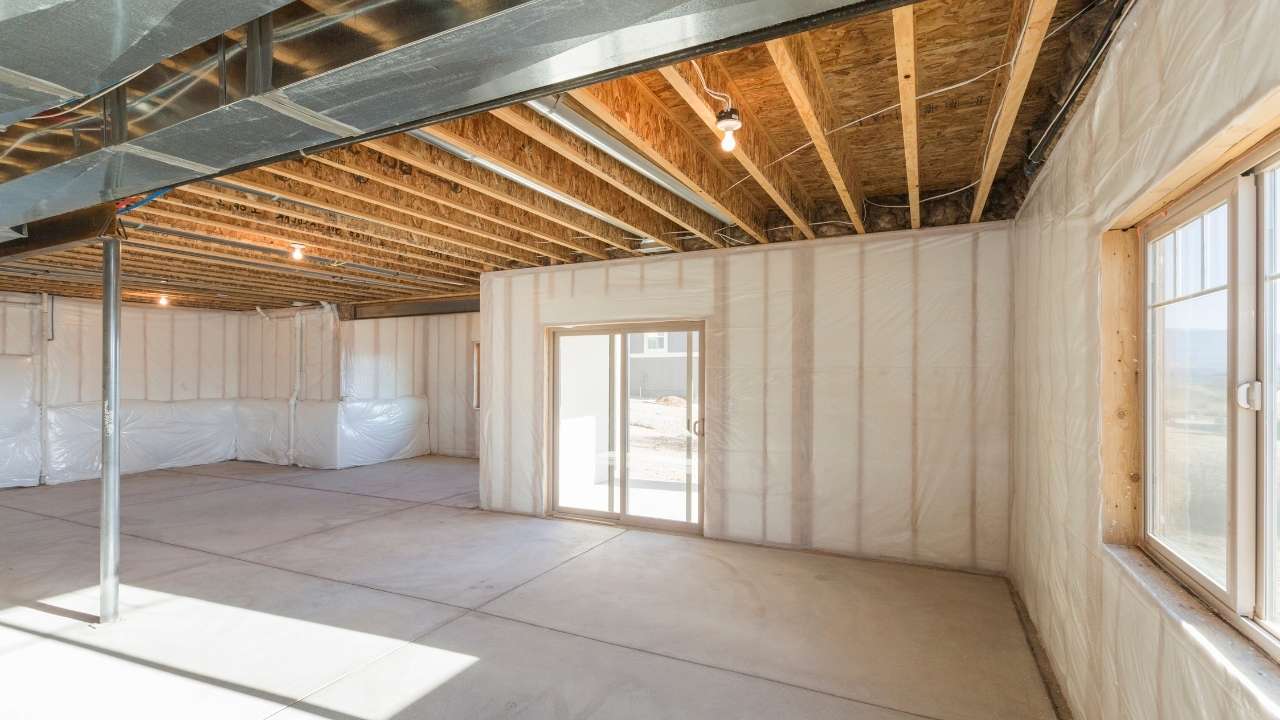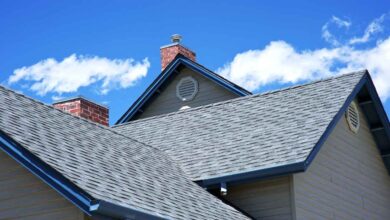3 Main Causes Of A Wet Basement At The Cottage

A wet basement is more than just a minor annoyance. If you have finished living in your basement, any moisture formed can harm the carpeting, drywall, and structure.
Additionally, if you have a crawl space or use your basement for storage, moisture can cause hardwood floors on the level above to crumble and deadly mold to grow.
Rainfall and melting snow are the most common sources of water in the basement. A small storm may result in a flood. For instance, for every inch of rain that falls, a house with a 1,500-square-foot roof loses 1,000 gallons of water.
This can be extra true in properties in cottage countries that may see more extreme weather, such as snowfall. However, new cottages, free of damage, can easily be found, such as these houses for sale in Muskoka.
In more difficult circumstances, the issue is increasing groundwater, which may be fed by an underground spring. When water collects around your foundation, it seeps inside through cracks, joints, and porous material. The following is a closer look into the three biggest causes of damage in a cottage basement.
Subsurface Issues
If your wet-basement symptoms resemble runoff but occur regularly, you’re most likely dealing with excessive groundwater.
Unless the foundation is surrounded by clay soil that can keep precipitation and snowmelt for months, runoff problems normally come and go as storm water drains away.
However, if your basement is still damp days after a storm, or if water is dripping through your walls, bubbling up where the walls meet the floor, or gushing up through the basement floor, you most certainly have a subsurface water problem. To find out if your water table is unusually high or if there are many subterranean springs, contact your city or town.
Runoff

The most typical cause of basement and crawl space moisture is rainwater or melted snow that is not directed away from the property. Hydrostatic pressure forces water through gaps or fissures in walls and footings. Capillary action also transfers water through porous walls. Runoff percolates through porous topsoil before coming to a halt near the foundation’s base.
Unmistakable signs of a runoff issue include moist crawl space and wet basement walls and floors just after a storm or when the snow melts.
Look for potential entry points for runoff into your basement or crawl area. Check that the ground around your house slopes away from it by at least 1 inch vertically for every 1-foot horizontal journey. Then, during a storm, ensure that downspout runoff isn’t pooling or percolating into the soil near the foundation and that downspout seams aren’t leaking; installing downspouts seams out makes this check simple.
Next, ensure that the driveway curbs are directing runoff to the roadway. Examine the driveway surface for open fractures that could allow water to gather below grade. Some houses on mountainous terrain include a swale, a small ditch with gently sloping sides, and a gravel bed topped by topsoil and grass. The swale collects runoff and directs it away from the house or to other drainage systems. Unfortunately, a swale, like the original subsurface footing drains buried at the base of your foundation, can become clogged with silt over time.
Condensation
Condensation, often known as sweating, appears as water droplets, wet spots, or puddles on basement floors and walls. It occurs when moist, warm air comes into contact with cool foundation walls or uninsulated cold-water pipes, dampening carpets, rusting equipment, and making the basement clammy. Condensation in crawl spaces promotes wood decay and insect attack, which can collapse and delaminate plywood.



